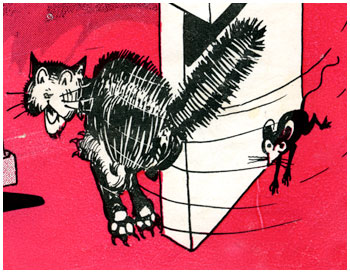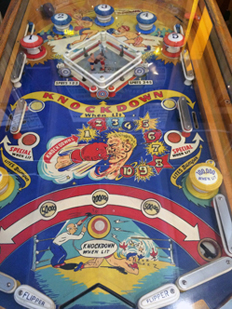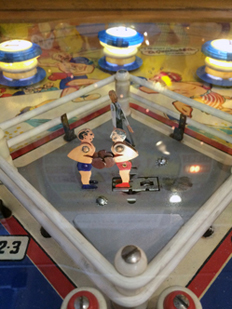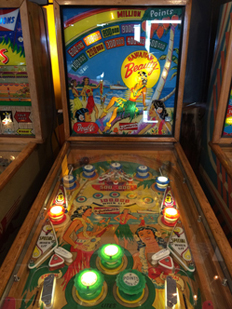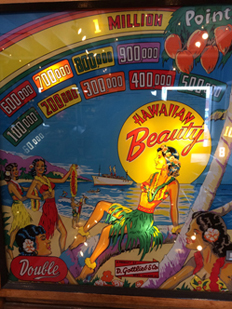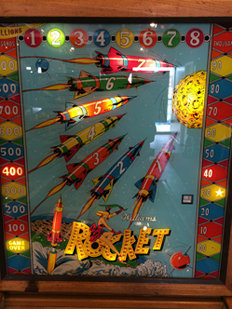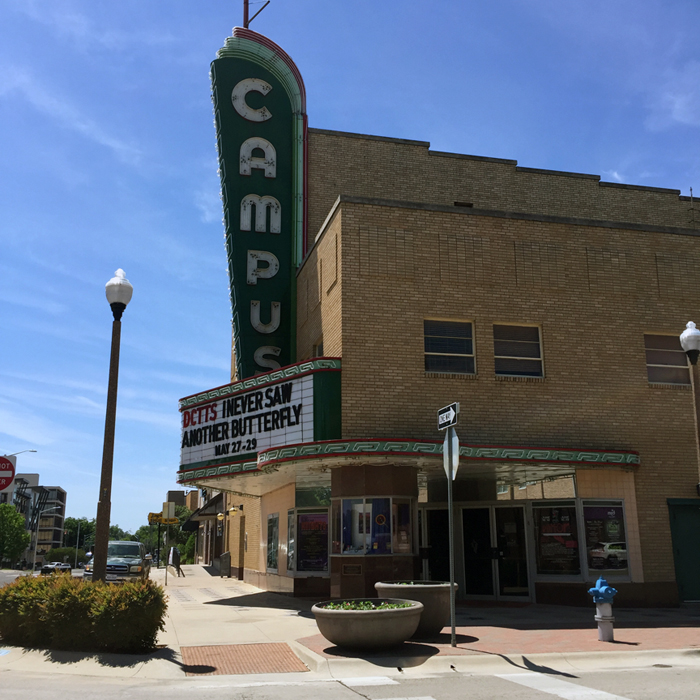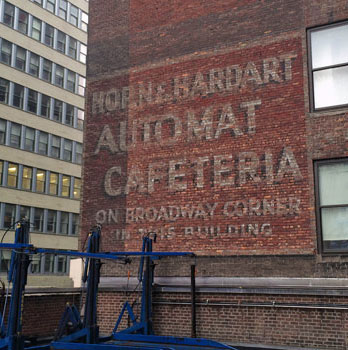 On a recent visit to a paper ephemera store in our hometown of Oklahoma City, we came across a vintage magazine called The Oklahoma Whirlwind. Dated 1928, it was tightly sealed in plastic and the crusty proprietor of the shop wasn’t willing to let us to peek at the publication’s contents, but we found the cover illustration intriguing.
On a recent visit to a paper ephemera store in our hometown of Oklahoma City, we came across a vintage magazine called The Oklahoma Whirlwind. Dated 1928, it was tightly sealed in plastic and the crusty proprietor of the shop wasn’t willing to let us to peek at the publication’s contents, but we found the cover illustration intriguing.
Was it even remotely possible that in 1920s Oklahoma, there was a magazine that was marketed to—or, heck, even friendly toward—the gay community? Surely not, but here was this cover, plain as day, right before our eyes.
As you’ve already guessed, we broke down and bought the vintage magazine, ripping open the plastic as soon as we stepped out of the shop. We quickly ascertained that The Oklahoma Whirlwind was a college humor magazine, published by students at the University of Oklahoma. The material is pretty typical of the era and of limited interest (though a few of the advertisements have appeal). No mention is made of the illustration of the cover.
But a closer inspection of the illustration revealed a couple of details that suggest the cover wasn’t so gay-friendly, after all. The tiny depiction of a rat chasing a mouse and a bird giving the go-by to a willing-to-be-eaten worm (see below) suggests that the point the artist is making is that a gay couple canoodling on a park (or campus, perhaps?) bench is against nature, or something along those lines. As depictions of homophobic sentiments go, this one’s pretty mild, thankfully, and perhaps even crosses over to good-natured.
